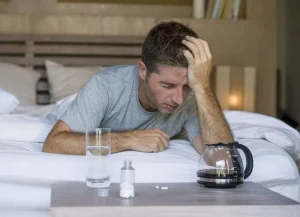
This should be taken into consideration in planning treatment involvement. Patients withdrawing from inhalants should be observed every three-four hours to assess for complications such as hallucinations, which may require medication. A minority of patients withdrawing from stimulants may become significantly distressed or agitated, presenting a danger to themselves or others. Patients should drink at least 2-3 litres of water per day during withdrawal to replace fluids lost through perspiration and diarrhoea.
- You should also try to avoid substances that give off alcoholic fumes, such as paint thinners and solvents.
- However, Myrick and Anton (1998) suggested that the inpatient detoxification provided the safest setting for the treatment of AW, because it ensured that patients would be carefully monitored and appropriately supported.
- Alcohol (ethanol) depresses (slows down) your central nervous system (CNS).
- This article aims to review the evidence base for appropriate clinical management of the alcohol withdrawal syndrome.
- Rigorous research on non-abstinent recovery outcomes is crucial to advancing equitable treatment access because non-abstinent recovery is not uncommon 27.
- Most patients will require daily evaluations for up to five days after their last drink, but evaluations may increase or decrease in frequency as necessitated by changes in symptom severity.8 These visits can be with any health care professional.
1. Clinical workflow of diagnosis and therapy of AWS
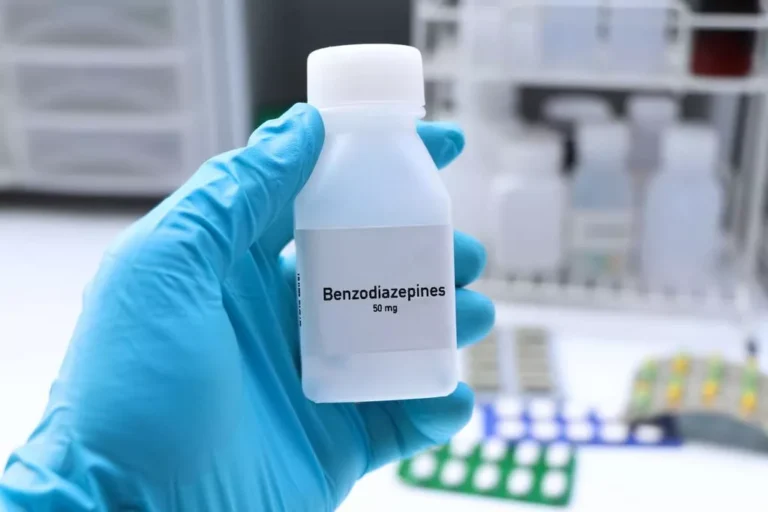
In this multicenter, randomized, double-blind placebo-controlled trial, 116 patients were randomized to fixed-dose levetiracetam (starting dose 2000 mg with standardized taper over 6 days) or placebo and symptom-triggered diazepam. While levetiracetam was safe and well-tolerated, no between-group differences were observed for the total diazepam required and CIWA-Ar scores. References for this review were identified by searches of PubMed between 1985 and 2016, and references from relevant articles. The search terms “alcohol withdrawal,” “alcohol withdrawal seizures,” “alcohol withdrawal diagnosis,” “alcohol withdrawal therapy,” “alcohol abstinence syndrome,” “abstinence treatment,” “delirium tremens,” “alcohol withdrawal EEG,” and “alcohol withdrawal MRI” were used. The final reference list was generated on the basis of relevance to the topics covered in this review.
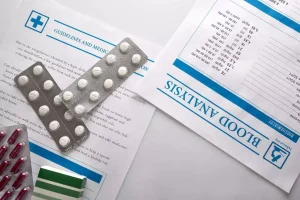
Treatment
Dexmedetomidine is a drug which acts on the noradrenergic system and is currently used in the US in the treatment of AWS in emergency set up. It may reduce the need for BZD and is a promising and effective adjuvant treatment for AWS 74. Topiramate’s mechanism of change in the treatment of alcohol dependence remains unclear. Neurobiologically, topiramate acts by facilitation of GABAergic neurotransmission and/or inhibition of glutamatergic signaling in corticomesolimbic pathways. Some studies suggest that topiramate may decrease craving for alcohol, which may contribute to its effects on drinking in humans 81, 103–105. Topiramate was found to have no effect on cue-induced reactivity in an laboratory challenge paradigm in 61 heavy drinkers pre-treated with topiramate or placebo; instead, it altered the subjective experience of intoxication 105.
Alcohol withdrawal symptom timeline
- In a preliminary RCT by the first author in 2002, Baclofen also reduced craving in alcohol-dependent patients 69.
- Even though cognitive complaints are common, cognitive improvement (likely due to abstinence or decreased drinking outweighing topiramate’s cognitive adverse effects) was observed at the end of an 85-day trial of flexible-dose topiramate (50–300 mg/day) 107.
- However, it is also commonly initiated for individuals in an outpatient setting who are still consuming alcohol and have a goal of reducing their consumption.
- The finding that NBACs, when used during withdrawal, might reduce drinking in the early post-withdrawal stages of treatment compared with benzodiazepines is an intriguing and promising finding supporting the usefulness of these medications.
- Healthcare providers typically prescribe short-term medications to relieve the symptoms of mild to moderate alcohol withdrawal.
- Ambulatory withdrawal treatment should include supportive care and pharmacotherapy as appropriate.
Because alcohol use disorder is the most prevalent and well-studied SUD, this Letter focuses on the evidence from AUD. It also explores what is known about use of antidepressants in people with non-alcohol SUDs. Some people who use https://ecosoberhouse.com/ inhalants regularly develop dependence, while others do not. Give 20mg diazepam by mouth every 1-2 hours until symptoms are controlled and AWS score is less than 5. As for management of mild alcohol withdrawal, with diazepam as in Table 11.
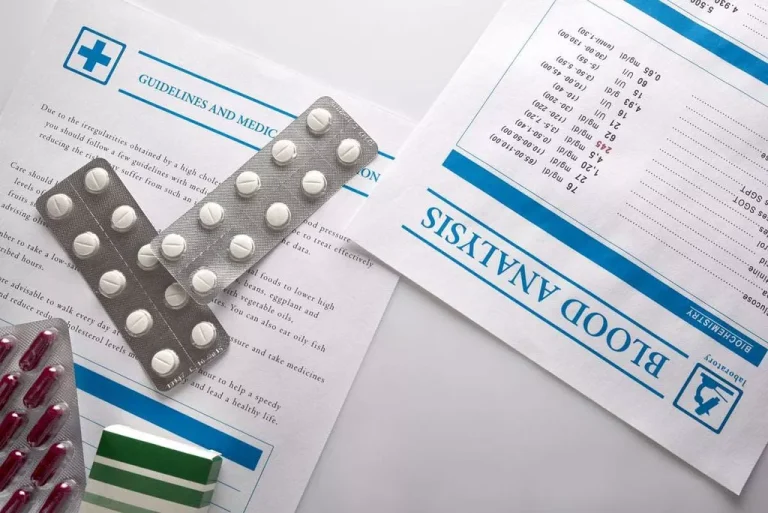
What are the risk factors for alcohol withdrawal?
Patients may have been taking benzodiazepines for an anxiety or other psychological disorder; following withdrawal from benzodiazepines, the patient is likely to experience a recurrence of these psychological symptoms. They should gradually start to improve as your body begins to adjust to being without alcohol. How and where you attempt detoxification will be determined by your level of alcohol dependency. In mild cases, you should be able to detox at home without the use of medication as your withdrawal symptoms should also be mild. AUDs are common in patients referred to neurological departments, admitted for coma, epileptic seizures, dementia, polyneuropathy, and gait disturbances.
Management of moderate alcohol withdrawal (AWS score 5-
Patients should drink at least 2-3 litres of water per day during stimulant withdrawal. Multivitamin supplements containing B group vitamins and vitamin C are recommended. Symptomatic medications should be offered as required for aches, anxiety and other symptoms. Although these drugs vary in their effects, they have similar withdrawal syndromes.
The syndrome is due to overactivity of the central and autonomic nervous systems, leading to tremors, insomnia, nausea and vomiting, hallucinations, anxiety, and agitation. If untreated or inadequately treated, withdrawal can progress to generalized tonic-clonic seizures, delirium tremens, and death. The three-question Alcohol Use Disorders Identification Test–Consumption and the Single Alcohol Screening Question instrument have the best accuracy for assessing unhealthy alcohol use in adults 18 years and older. Two commonly used tools to assess withdrawal symptoms are the Clinical Institute Withdrawal Assessment for Alcohol Scale, Revised, and the Short Alcohol Withdrawal Scale. Patients with mild to moderate drug addiction withdrawal symptoms without additional risk factors for developing severe or complicated withdrawal should be treated as outpatients when possible.
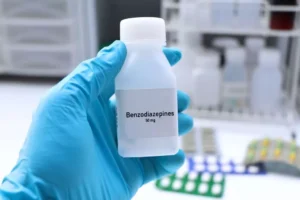
Full text articles, meta-analyses, systematic reviews and randomized controlled trials were obtained from this list and were considered for review. Levetiracetam has also been studied in three randomized controlled trials for the long-term treatment of AUD. Next, in a 42-day randomized, crossover, placebo-controlled trial in 46 non-treatment-seeking moderate-to-heavy drinkers, levetiracetam did not improve treatment outcomes relative to placebo 78. In fact, a median split into low- and high-level drinkers revealed that levetiracetam increased alcohol consumption in the lower half relative to placebo. Finally, in a multi-site randomized, placebo-controlled trial of levetiracetamin 16 weeks post-detoxification, levetiracetam did not have better efficacy than placebo on the primary outcome measures—the percentage and time to relapse of heavy drinking 79. These results suggest that levetiracetam likely lacks efficacy in the treatment of alcohol dependence 80.
If your consumption of alcohol is high (more than 20 units a day) or you’ve previously experienced withdrawal symptoms, you may also be able to detox at home with medication to help ease withdrawal symptoms. The review suggests that benzodiazepines are the preferred drugs for alcohol detoxification and all the benzodiazepines have proved similar efficacy for detoxification. All subclasses of benzodiazepines appear to be difference between drugs and alcohol equally effective in treating AWS 24.
Predictors of severe alcohol withdrawal (Withdrawal Seizure or Delirium Tremens) should be taken into account and are listed in Table/Fig-3 33,34. Out-patient treatment can be offered to patients who don’t have these risk factors and this decision relies on the withdrawal signs. Pharmacotherapy may not be needed in all cases of mild alcohol withdrawal syndrome.
